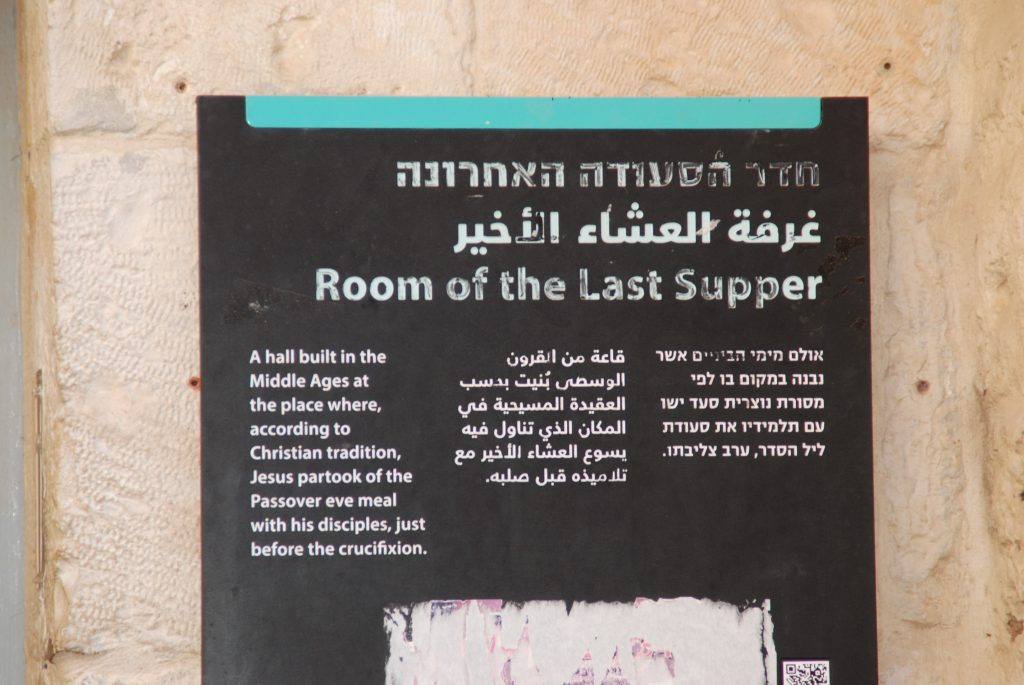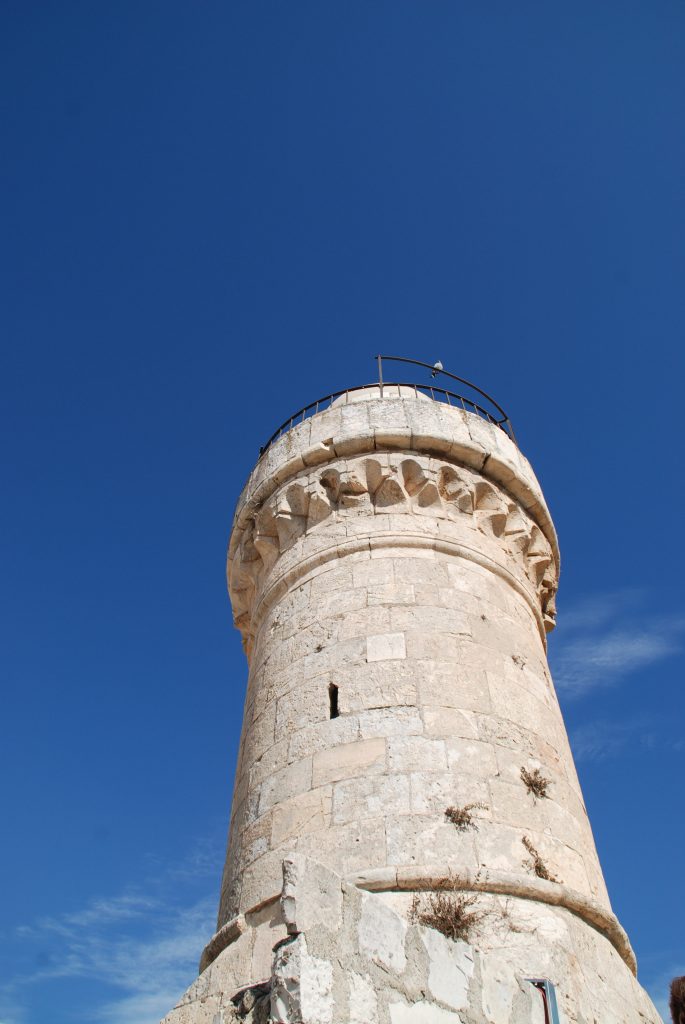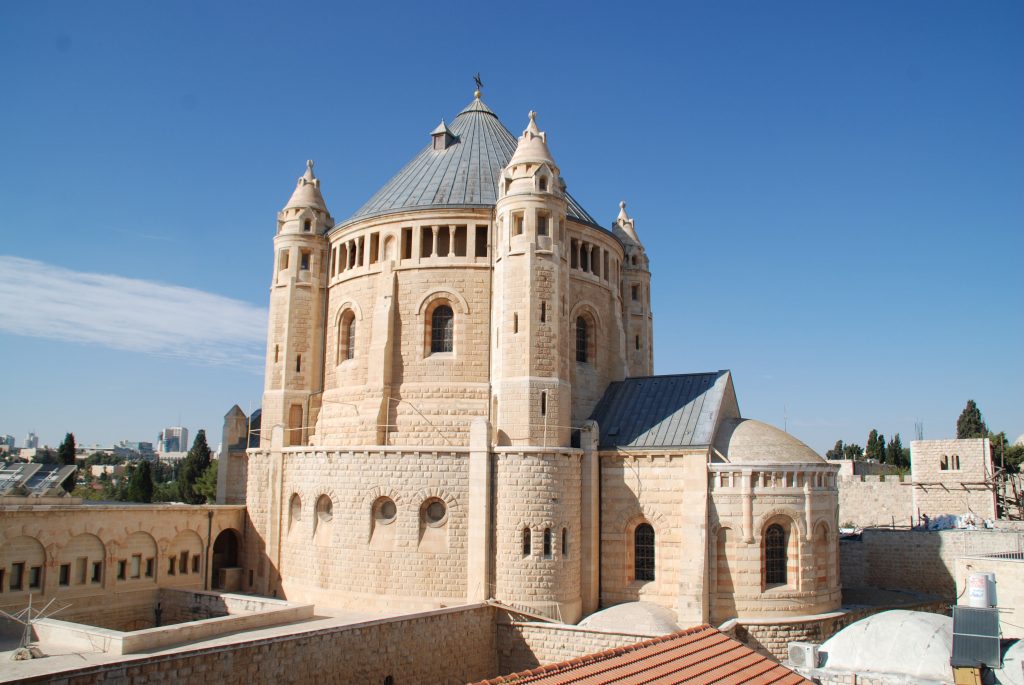Our tour bus was making its way back towards Jerusalem to explore the hillside town of Mount Zion, a short walk outside of the Zion Gate. During the time of Jesus, it was located within the city walls of Jerusalem as noted on the Madaba Map until the Byzantine walls were erected in the 16th century.
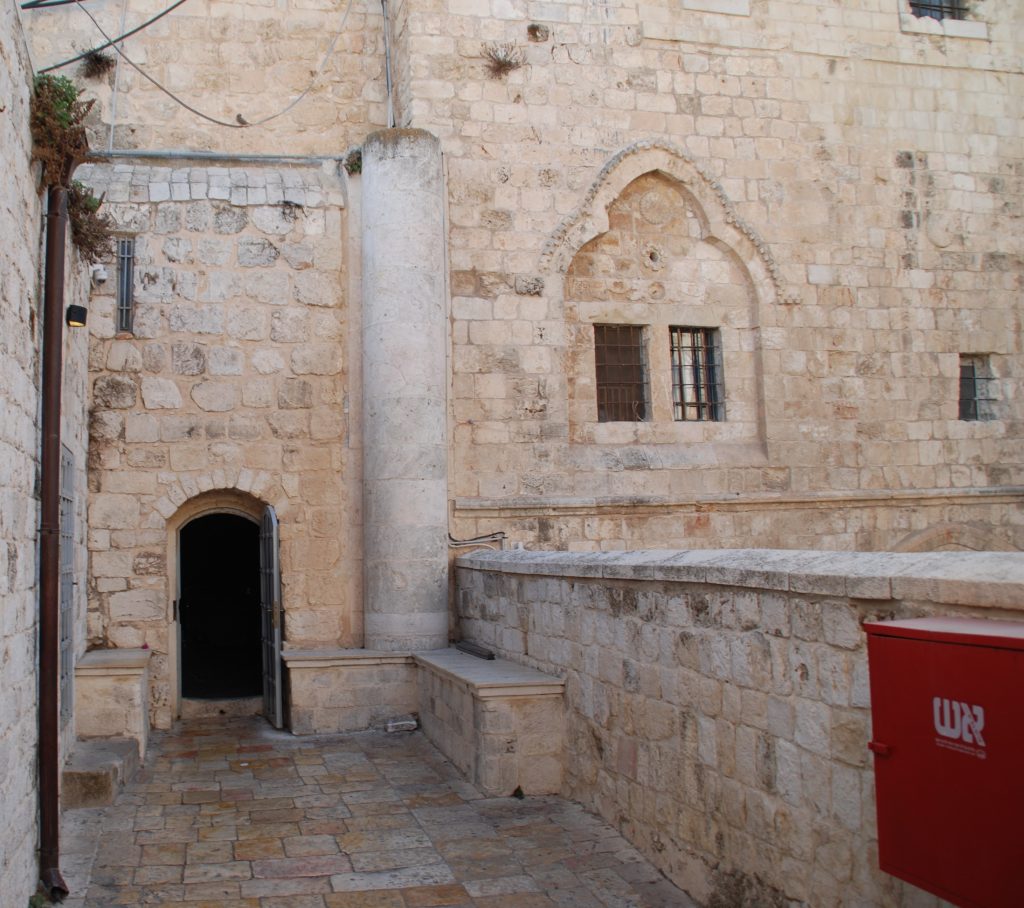
Mount Zion is most known as the location of the Upper Room where Jesus and His disciples took part in the Last Supper. While the current building is not the actual space where Jesus foretold of His death and betrayal, it remains a significant pilgrimage site for many Christians who would later convene here to worship well into the fourth century AD. By the 14th century, the current Gothic building, known as the Hall of the Last Supper (the Coenaculum), was constructed over the site to commemorate the last days of Christ and became a part of the adjacent Franciscan monastery.
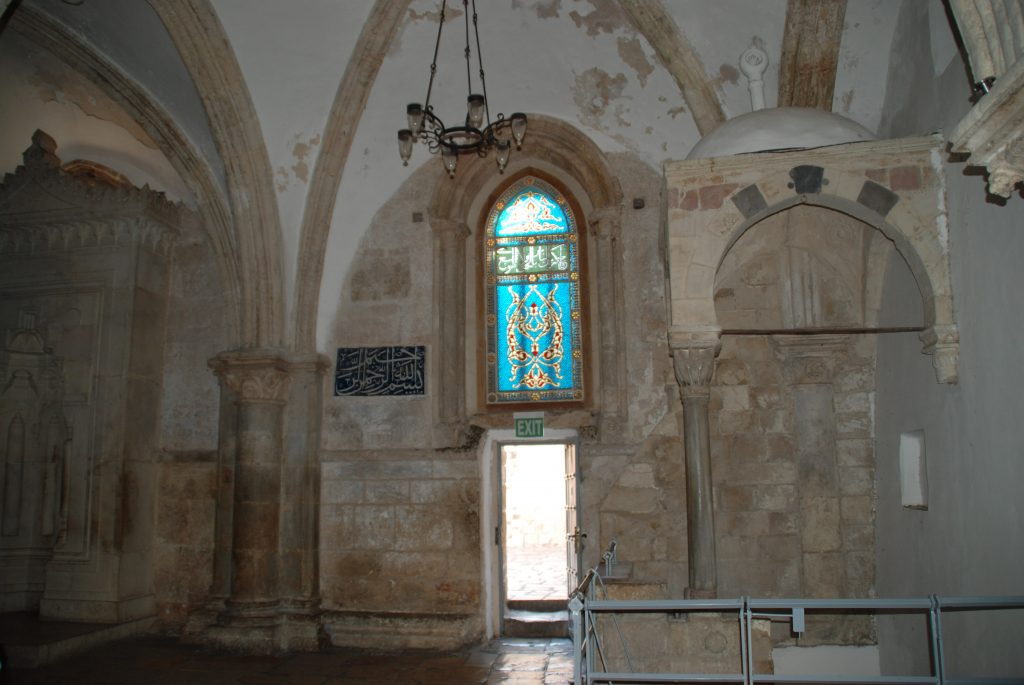
The Upper Room, also known as the Cenacle, is where Jesus prepared for His last Passover meal. The story begins in John 13 as Jesus washes the feet of His disciples. During the course of the evening, Jesus prepares them for his betrayal, death and the coming of the Holy Spirit. He identifies Judas Iscariot as his betrayer and foretells of Peter’s denial in addition to praying for His disciples, Himself and future believers.
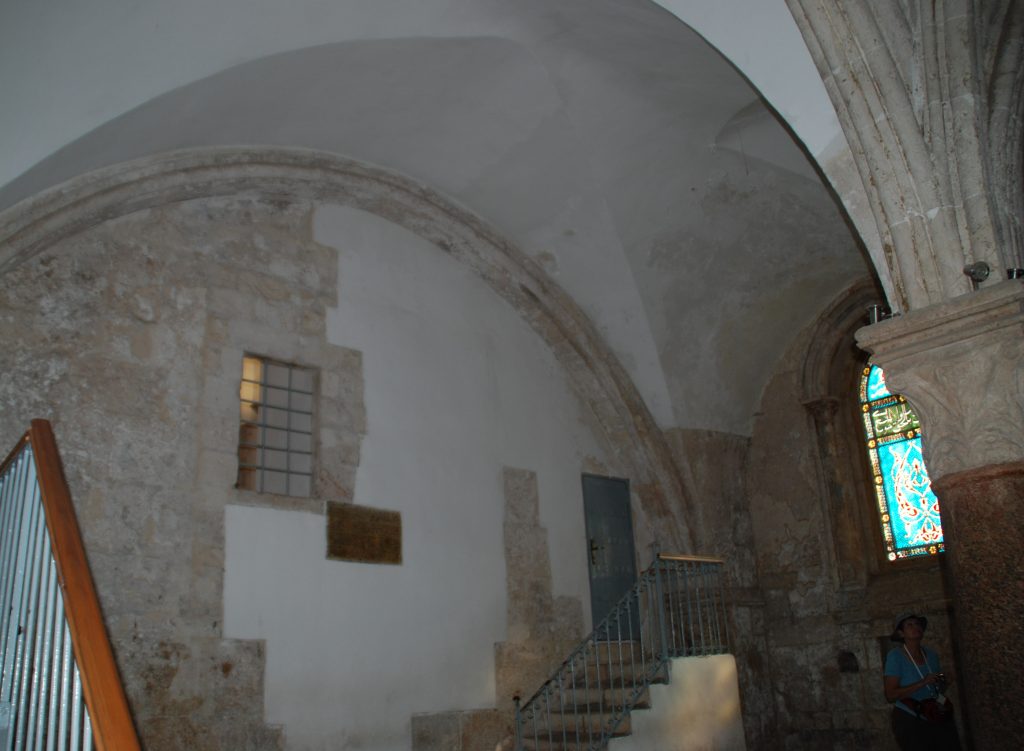
After the death, burial and resurrection of Jesus, additional events took place in the Upper Room making this location an important site for many Christians. Following Jesus’ death, the disciples would spend time with Jesus after His burial and resurrection. It was in the Upper Room that He would show His wounds to doubting Thomas and bring encouragement to His apostles.
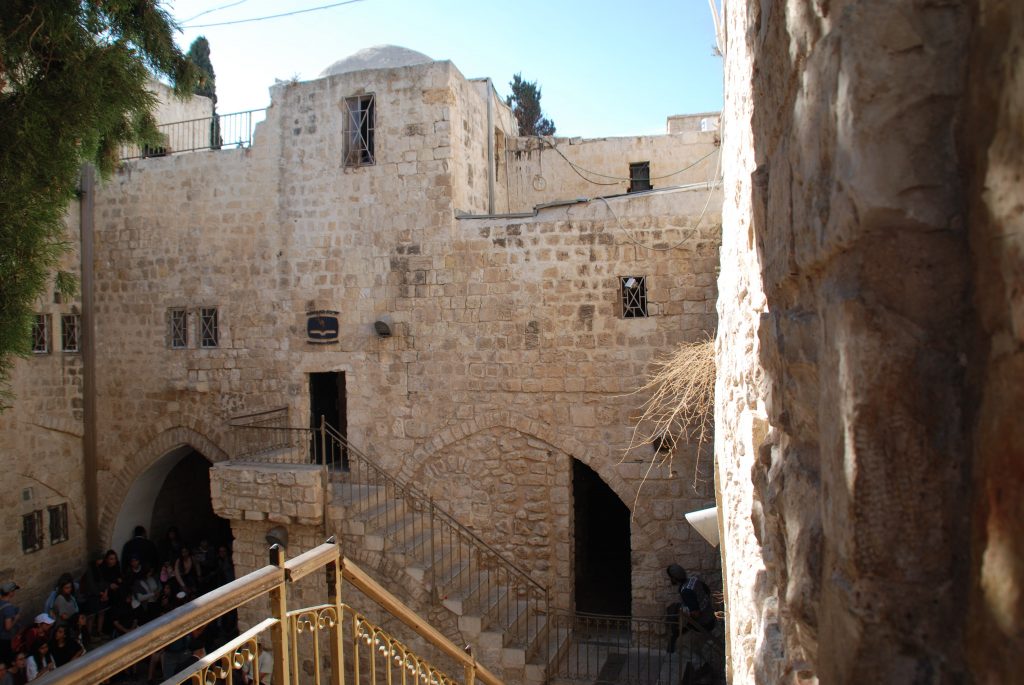
This Upper Room was certainly a common meeting place towards the end of Jesus’ ministry and would continue to play a significant role in the birth of Christianity. It was here that Jesus supplied His disciples with the Holy Spirit (John 20:19) and where 3000 were filled with the Holy Spirit (Acts 2:4) and went out throughout the earth preaching the Good News. For these reasons, the Upper Room has been considered the first Christian church and is a popular pilgrimage spot for visitors to the Holy Land.
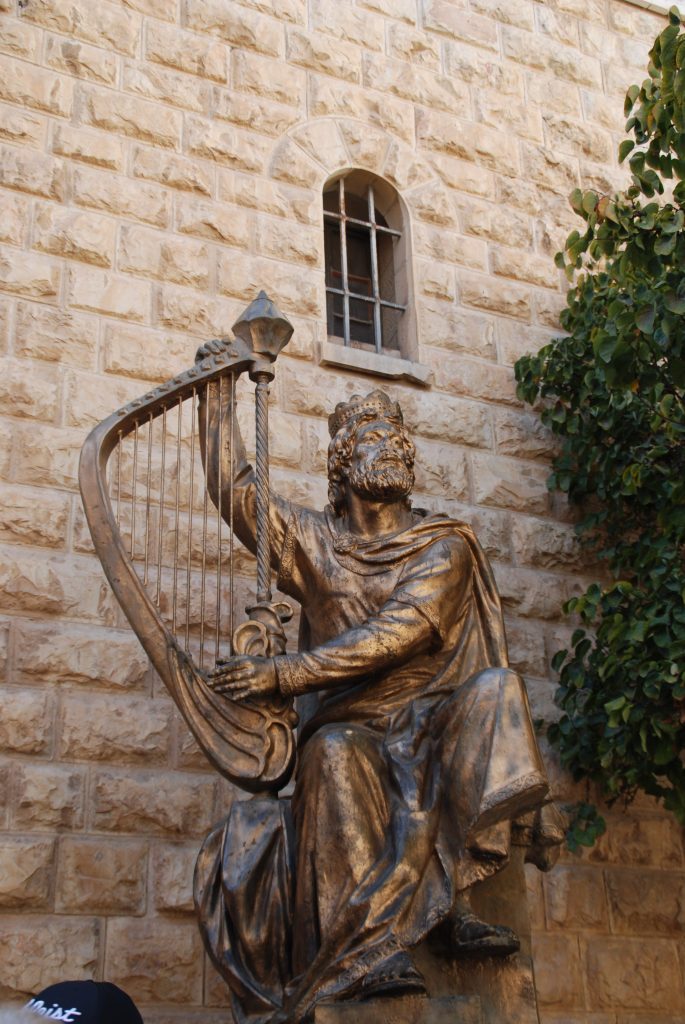
Muslims and Jews have also found significance in the location of the Upper Room. For Muslims, this was once a mosque as evident by the mihrah, stained glass windows and Arabic script inside, while the Jews believe the site to be the burial place of King David.
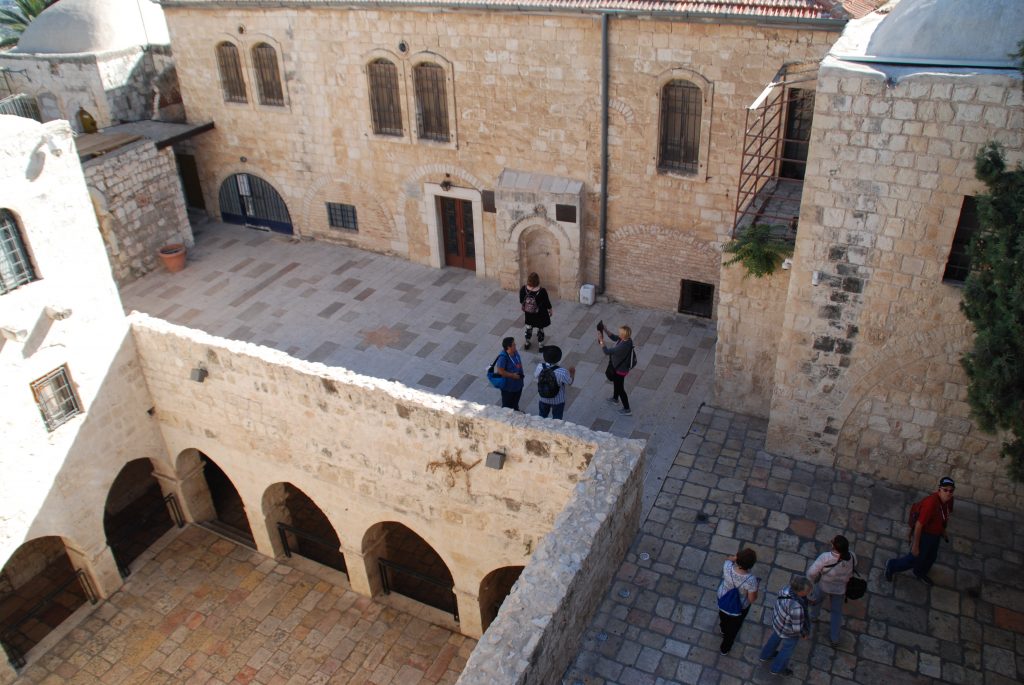
Christians began assembling here shortly thereafter Christ’s death to worship in the hall of the Last Supper and later at the stone where the Virgin Mary is said to have died. It was during Pope Francis’ visit to the Cenacle in 2014 where he stated “It is a great gift that the Lord has given us by bringing us together here in the Upper Room for the celebration of the Eucharist….Here, where Jesus shared the Last Supper with the apostles; where, after His resurrection He appeared in their midst, where he Holy Spirit descended with power upon Mary and the disciples, here the Church was born and she was born to go forth….the Church’s holiness continues to flow: from the heart of Christ, from the Eucharist and from the Holy Spirit.”
I believe it is for this reason that the Upper Room remains an important pilgrimage site and continues to draw Christians to this location each year.
Have you had the opportunity to visit the Upper Room? I would love to hear about your experience and your thoughts about this amazing place if you would kindly leave a message in the comments section below. Many thanks for reading my blog post about the Cenacle and wishing you many Happy Travels!
What to See and What to Do:
Cenacle (Upper Room)
Jerusalem, Israel
Telephone: 972 2 6713597
*Administered by the Israel Ministry of the Interior
- Admission: No admission fee but donations are welcome
- Hours: Open 8 – 5 daily
- Scenic View: The Upper Room looks down upon the entrance and courtyard
- Tips: if you are not visiting the Cenacle on a tour, contact the Israel Ministry of the Interior by calling the phone number provided.
Where to Stay:
The Olive Tree Hotel, Royal Plaza Jerusalem
23 St. George Street
Jerusalem, Israel
Telephone: 972 2 5410410
Where to Eat:
The Olive Tree Hotel, Royal Plaza Jerusalem
23 St. George Street
Jerusalem, Israel
Telephone: 972 2 5410410
The Olive Tree Hotel has an amazing buffet provided for dinner with a well-rounded offering of Israeli dishes and world-wide cuisine.
What to Eat:
- Kubbeh is similar to falafal in that it is served in a ball but made with meat and spices then deep fried.
- Manqusheh is similar to pizza made with flatbread topped with olive oil and spice (usually za’atar which is similar to thyme)
- Ka’ak is a large pretzel like pastry that is usually eaten at breakfast time. Crunchy on the outside and soft on the inside, they are readily available at bakeries and roadside stalls.
- Potato swirls are similar to french fries, cut and deep fried.
- Qatayef is a pancake-style dessert stuffed with cheese, nuts or sugar and spices and are popular during the Ramadan holiday
- Kunafeh is a pastry similar to baklava covered in syrup and cheese
What to Read:
- Khirbet Khizeh by S. Y. Yizhar
- The Hilltop, by Assaf Gavron
- Dancing Arabs by Sayed Kashua
- The People of Forever are Not Afraid, by Shani Boianjiu
- Five Seasons, by A.B. Yehoshua
- Twenty-One Stories by S. Y. Agnon
- Suddenly, A Knock on the Door by Etgar Keret
- Apples from the Desert, by Savyon Liebrecht
- From the Four Winds, by Haim Sabato
- To the End of the Land, by David Grossman
- A Tale of Love and Darkness, by Amos Oz
Photo Guide for Israel:
- The Western Wall for a religious experience
- Jaffa’s Old Town for its charm
- The Dead Sea for its interesting topography
- Caesarea Harbor and its Roman architecture and history are worth a visit
- Arbel National Park and Nature Reserve provides a phenomenal view of the Sea of Galilee
- The Church of the Holy Sepulchre in Old City Jerusalem is said to be the burial location of Jesus
- The view of the Temple Mount from the Mount of Olives
